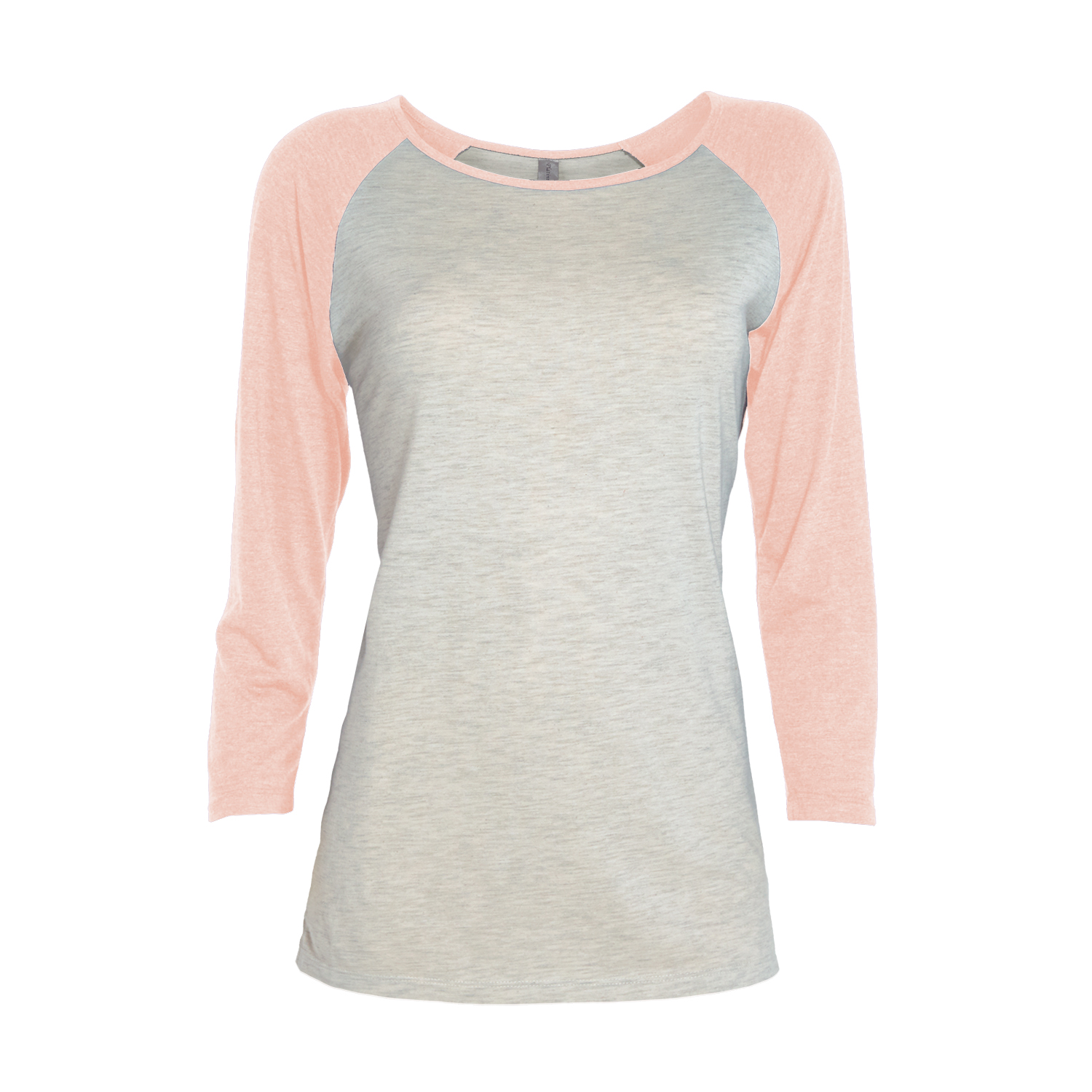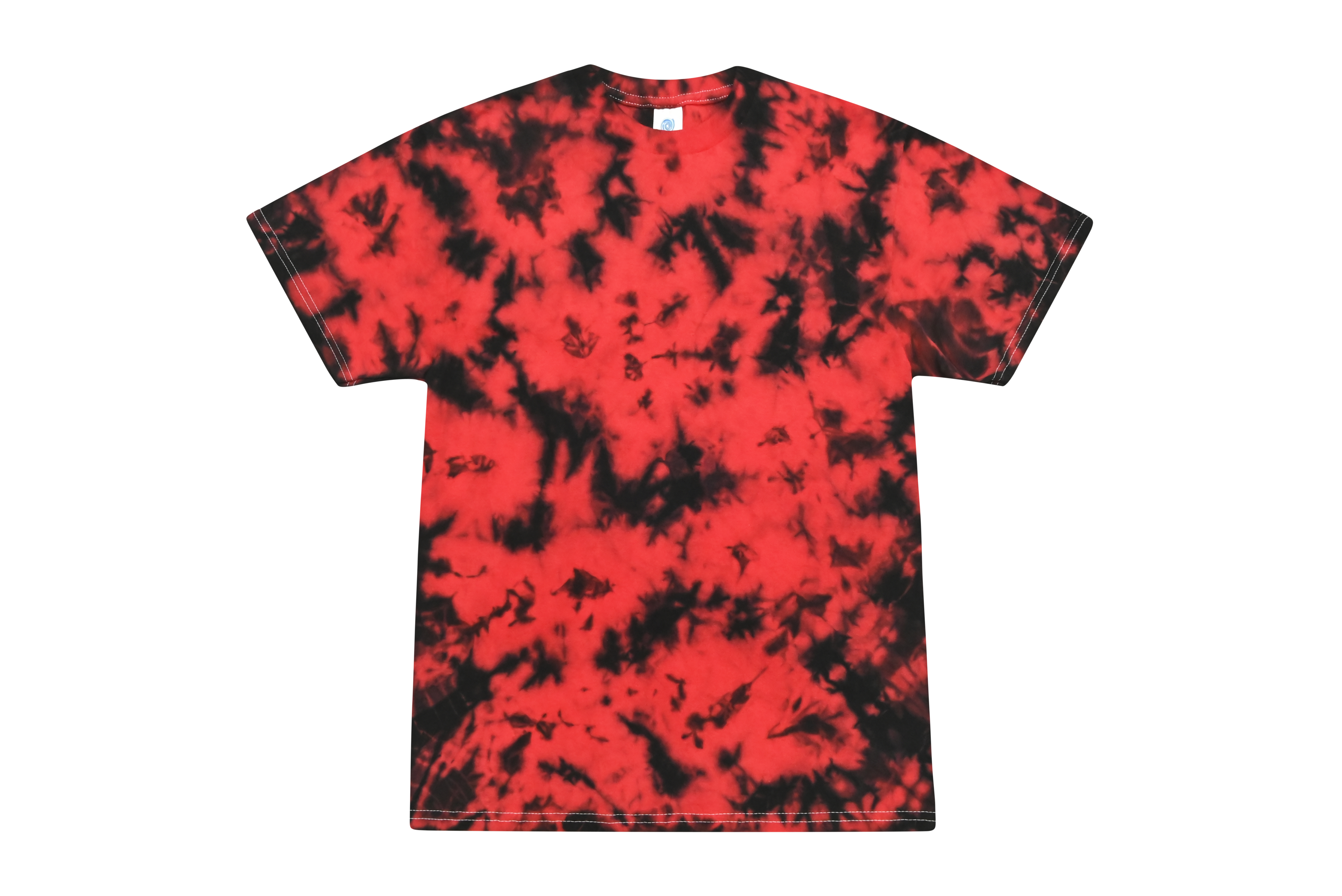New year, new tee! As the dust settles from the holiday rush, apparel decorators and promotional product distributors continue to gear up for the year ahead. In the world of T-shirts, that means endless branding opportunities. From fundraiser tees to corporate swag, organizations can get excited about the opportunity for impressions in 2023.
What’s Trending?
Whether it’s to keep up with retail or be in line with the seasons, T-shirt trends are constantly changing. As we try to forecast what’s ahead, we chatted with a few T-shirt pros to get the 411. Experts noted shifts in blends, colors, and even embellishment and placement, but there are also some trends carrying over from last year.
Marc Held, senior vice president of sales for alphabroder, Trevose, Pennsylvania, predicts a shift back to basics and classics, with heavier weights making a comeback. This includes “cotton rich” fabric and a continued push of unisex styles. “Think about a wider collar, longer sleeves, maybe even that retro, boxier cut,” says Held. “I think color-wise — earth tones, brights, even some neons.”
Mary Bostwick, vice president of marketing for Delta Apparel, Duluth, Georgia, says she’s also noticing boxier 6 oz. tees trending, giving “kind of an old school” feel. Additionally, despite what some would like to see go away, Bostwick says crop tops will continue to stick around. And like Held’s mention of earth tones, she says decorators and distributors should keep their eye on putty — a mix of beige and tan, particularly within children’s apparel.

Promotional T-shirts in the resort and gift shop segment are trending a little differently. For example, Kevin Dunham, vice president of inside sales at Colortone, Plantation, Florida, says he’s seeing clients move toward more comfortable, blended tees, opting for ring-spun rather than open-ended. Throwing a logo or destination on an uncomfortable tee isn’t going to cut it anymore. Vacationers want something they can pull out of their drawers again and again. Talking about color, he says 2023 will welcome more subtle shades, including pastels.
When it comes to decoration, it’s essential to remember end-users are wearing company-branded tees to work, but also at home and on the weekend, says Held. “Whether it’s location or the art itself, that is critically important because that’s somebody’s logo; that’s their brand; that’s their school; their team, their church, and I think we just have to be really respectful of what that means,” he asserts.
Dunham expects to see fewer prints, allowing the tee to do the talking, as well as less complicated prints and more one-color name drops.
Top Tips for Selling and Bundling
As for selling and bundling promotional tees and other items, suppliers have some top tips for distributors breaking into the market. One common theme that came up across conversations:
Know the customer.
“Do your homework,” encourages Held. He says distributors need to add value, and they do this by asking questions and presenting creative solutions. “I’ve always said come with one idea you’re scratching your head at and saying, ‘Oh, they wouldn’t want it.’ You’d be surprised. That’s the one that they go for a lot.”
Breaking the sales process down into four steps, he directs distributors to:
- Ask
- Listen
- Prepare
- Follow up
Adding to that, Bostwick keeps it simple: “Buy early.” If you need a special color or size, she tells distributors to jump on it because inventory is going quickly. Other keys are timing and managing customer expectations.
“It’s the same song we’ve been singing for the last two years,” says Bostwick. “If you’re on time and you have time, then you have a bigger chance of being successful.” Dunham stresses the importance of fluid stock and the ability to restock fast. A big part of ensuring stock is fluid is having transparent conversations with suppliers and being able to ask questions.

Held also advises distributors to look for the next sale. Maybe on a returning customer’s order, throw in a different item as a thank-you, and introduce them to a new product. “If you give them something personal with their logo on it, decorate it, somebody is more apt to buy it,” he says. It could be a long-sleeve tee instead of a short-sleeve or a different fabric blend.
For those wanting to go beyond the basic sale, bundling and cross-selling are great ways to bring in more dollars per order. When an organization comes in with a need for branded tees, it likely could use other fun swag. Think jackets, bags, tumblers, headwear, tech items, and even home and office decor. With endless options, that’s where your expertise comes in handy.
Bostwick and Dunham agree a good way to approach bundling is by staying within the same color family or story — if a hat matches a tee or is in the color scheme of the T-shirt art, that bundles well.
So, how do you pitch these extra items? Bostwick tells distributors to first find out how much the client can spend. “Find out what the budget is and what they want,” she says. “Give them that, and then go for the rest. I mean, you can pitch them all you want, but if the money’s not there, they’re not getting it.”
After that, it comes down to not being afraid to ask. “I think the biggest mistake in sales is we don’t ask, or we don’t offer it,” says Held. “Worst case, somebody can say no, but they’re never going to say yes if you don’t offer it, right? That’s sales.”
Being familiar with the customer’s market is also important, says Dunham, and knowing what products pair well together. For example, bandanas work great for bands on tour, while bags work well for schools and sports teams. Distributors need to be knowledgeable, offering insights and solutions.
2023 Outlook
The apparel industry continues its recovery from COVID-19, and suppliers see a few shifts happening. People’s interests have changed, and the push for quality, sustainability, flexibility, and transparency continues.
As sweatpants and hoodies quickly became the norm in the last few years, Held argues people want to “dress better.” Not that anyone is going back to dry-clean-only clothes, but he says business casual will see a resurgence by way of value basics.
This could mean pairing a branded company tee in a quality blend with a jacket and a nice pair of jeans.
Additionally, environmental, social, and governance (ESG) investing continues to have a seat at the T-shirt table. Held says distributors must keep this in mind when considering products and vendors. More than ever, end-users want to feel good about their purchases, so suppliers and distributors should have products available that align with those needs.

One big lesson the industry learned during COVID was flexibility, and Bostwick has noticed clients’ growing flexibility on color, which she says helps when working with large quantities. Many distributors trained their customers to be OK with alternatives due to lack of stock. Now, it’s become the status quo. Bostwick hopes to see this flexibility continue throughout 2023. “It’s either that or you’re disappointed all day, every day,” she adds.
This growing flexibility also includes vendors. Because of supply issues during the pandemic, distributors had to expand their supplier networks. And as China continues to face import and export struggles, Dunham says people will continue to pivot to new suppliers. He adds that Colortone’s vertical supply chain, with manufacturing in South and Central America, has allowed the T-shirt supplier to be less affected by shortages.
While 2022 was a softer, lighter year for most, he anticipates a lot of volume in 2023, with more sales and demand in Q2. Leaving distributors with some parting advice, Bostwick says the apparel segment of the promotional products space continues to grow. “You know, everyone wears apparel, so it’s interesting to everyone,” she says. It’s just a matter of knowing what is on trend, what the next great color is, and then ensuring you have the inventory to sell and proper marketing.



